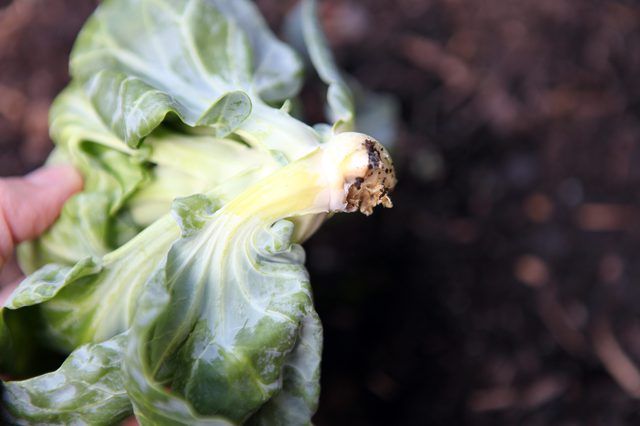Bulbs
Flower Basics
Flower Beds & Specialty Gardens
Flower Garden
Garden Furniture
Garden Gnomes
Garden Seeds
Garden Sheds
Garden Statues
Garden Tools & Supplies
Gardening Basics
Green & Organic
Groundcovers & Vines
Growing Annuals
Growing Basil
Growing Beans
Growing Berries
Growing Blueberries
Growing Cactus
Growing Corn
Growing Cotton
Growing Edibles
Growing Flowers
Growing Garlic
Growing Grapes
Growing Grass
Growing Herbs
Growing Jasmine
Growing Mint
Growing Mushrooms
Orchids
Growing Peanuts
Growing Perennials
Growing Plants
Growing Rosemary
Growing Roses
Growing Strawberries
Growing Sunflowers
Growing Thyme
Growing Tomatoes
Growing Tulips
Growing Vegetables
Herb Basics
Herb Garden
Indoor Growing
Landscaping Basics
Landscaping Patios
Landscaping Plants
Landscaping Shrubs
Landscaping Trees
Landscaping Walks & Pathways
Lawn Basics
Lawn Maintenance
Lawn Mowers
Lawn Ornaments
Lawn Planting
Lawn Tools
Outdoor Growing
Overall Landscape Planning
Pests, Weeds & Problems
Plant Basics
Rock Garden
Rose Garden
Shrubs
Soil
Specialty Gardens
Trees
Vegetable Garden
Yard Maintenance
How to Grow Brussels Sprouts
How to Grow Brussels Sprouts. Brussels sprouts (Brassica oleracea variation gemmifera) are hardy biennial plants that typically are grown as annuals and do well in U.S. Department of Agriculture plant hardiness zones 2 through 10. Usually reaching 2 to 3 feet tall, the cool-weather plants thrive in air temperatures ranging from 45 to 75 degrees...
Brussels sprouts (Brassica oleracea variation gemmifera) are hardy biennial plants that typically are grown as annuals and do well in U.S. Department of Agriculture plant hardiness zones 2 through 10. Usually reaching 2 to 3 feet tall, the cool-weather plants thrive in air temperatures ranging from 45 to 75 degrees Fahrenheit. They can withstand frost, which reportedly makes the flavor of their vegetable portions -- sprouts -- even sweeter. The sprouts, which resemble tiny cabbages, usually take 80 to 100 days to mature. Harvest them when they are about 1 inch in diameter.
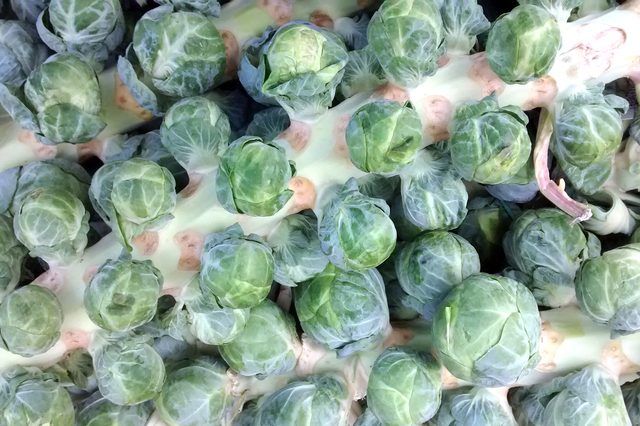
Brussels sprout seeds should be started indoors about six to eight weeks before the area's average last frost date. Sow the seeds 1/2 inch deep and 2 inches apart in potting mix or nutrient-rich soil. The seedlings are ready to be transplanted once they have four or five leaves -- usually within four to six weeks.
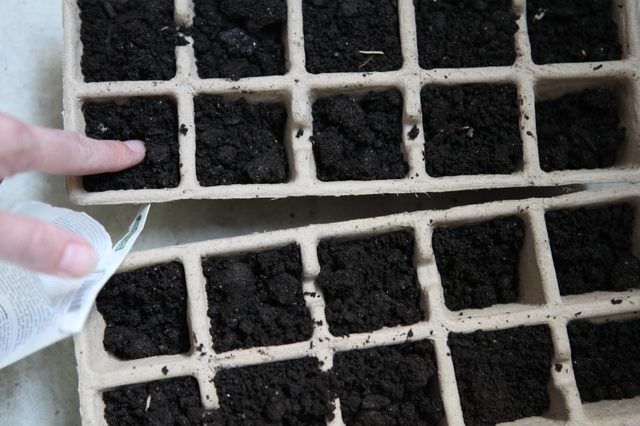
Choose an outdoor planting area that gets at least six hours of sunlight daily; more than six hours per day is better. The site's soil should be well-drained and moist, with a pH level of 5.5 to 6.8 to maximize growth and prevent club root disease, a fungal infection that causes the leaves to wilt and turn yellow. Mix a time-released vegetable fertilizer into the soil before either transplanting seedlings or sowing seeds directly into the garden. Use a balanced fertilizer, such as a 13-13-13 blend, at a general rate of 1 tablespoon for every 1 square foot of planting area.
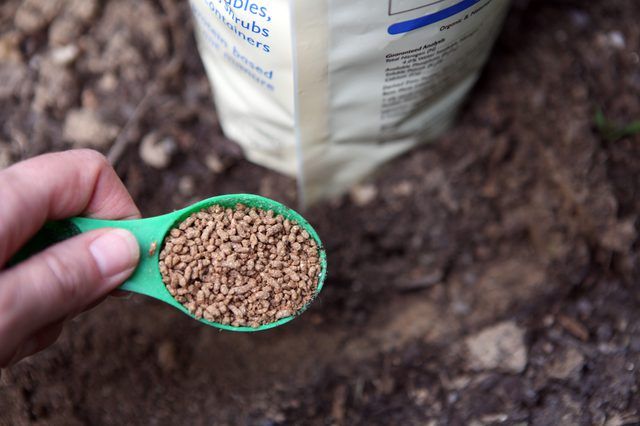
Planting brussels sprout seedlings 18 to 24 inches apart allows them space to mature. Plant them slightly deeper in the garden's soil than they were in their containers' soil, with their lowest leaves right above soil level. After planting, tamp the soil around each plant, and water the soil thoroughly. A 2- to 3-inch-thick layer of hardwood mulch on the soil surface, but not touching the plants, helps keep the soil moist and cool.

Keeping the soil evenly moist but not waterlogged during the growing season is important. The plants require 1 to 1 1/2 inches of water weekly from rainfall and/or supplemental watering. Fertilize the plants by side-dressing them once when they are 1 foot tall. In order to do so, create a narrow, 1- to 2-inch deep furrow along the row of plants just beyond their widest branches. After spreading 1 tablespoon of ammonium nitrate in every 20 feet of the furrow, cover the furrow with soil.
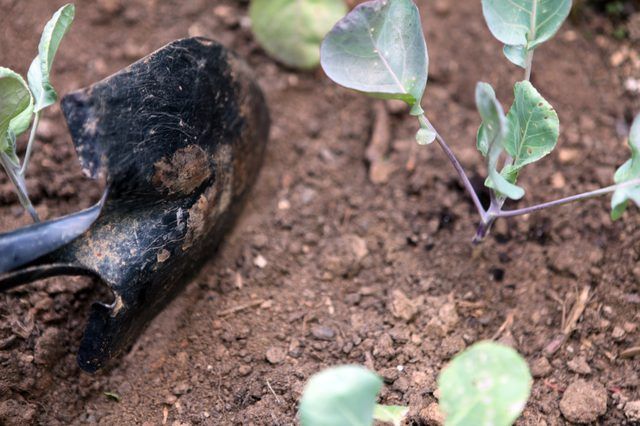
Additional care for brussels sprouts includes pruning each plant's lowest six to eight leaves when the plant's stalk starts developing sprouts and removing each plant's growing tip about three weeks before you plan to harvest the sprouts. Watch for pests such as cabbage aphids and cabbage worms. Cabbage aphids are small, greenish-gray insects with a white covering, and wetting plants with a strong spray of water typically removes them. Cabbage worms -- green worms with a yellow stripe -- can be handpicked off plants.
